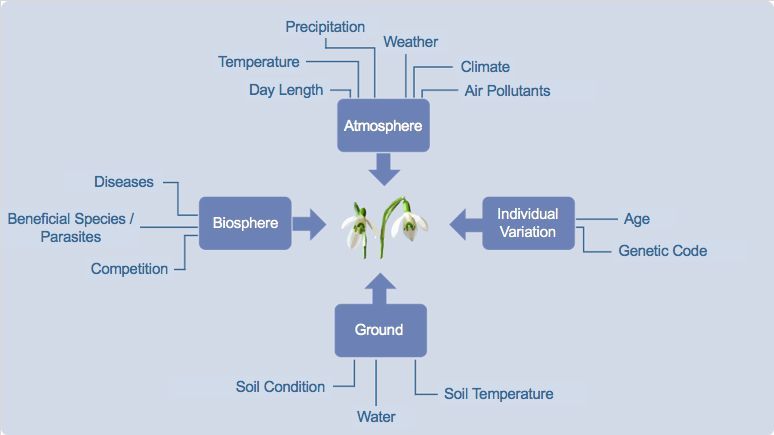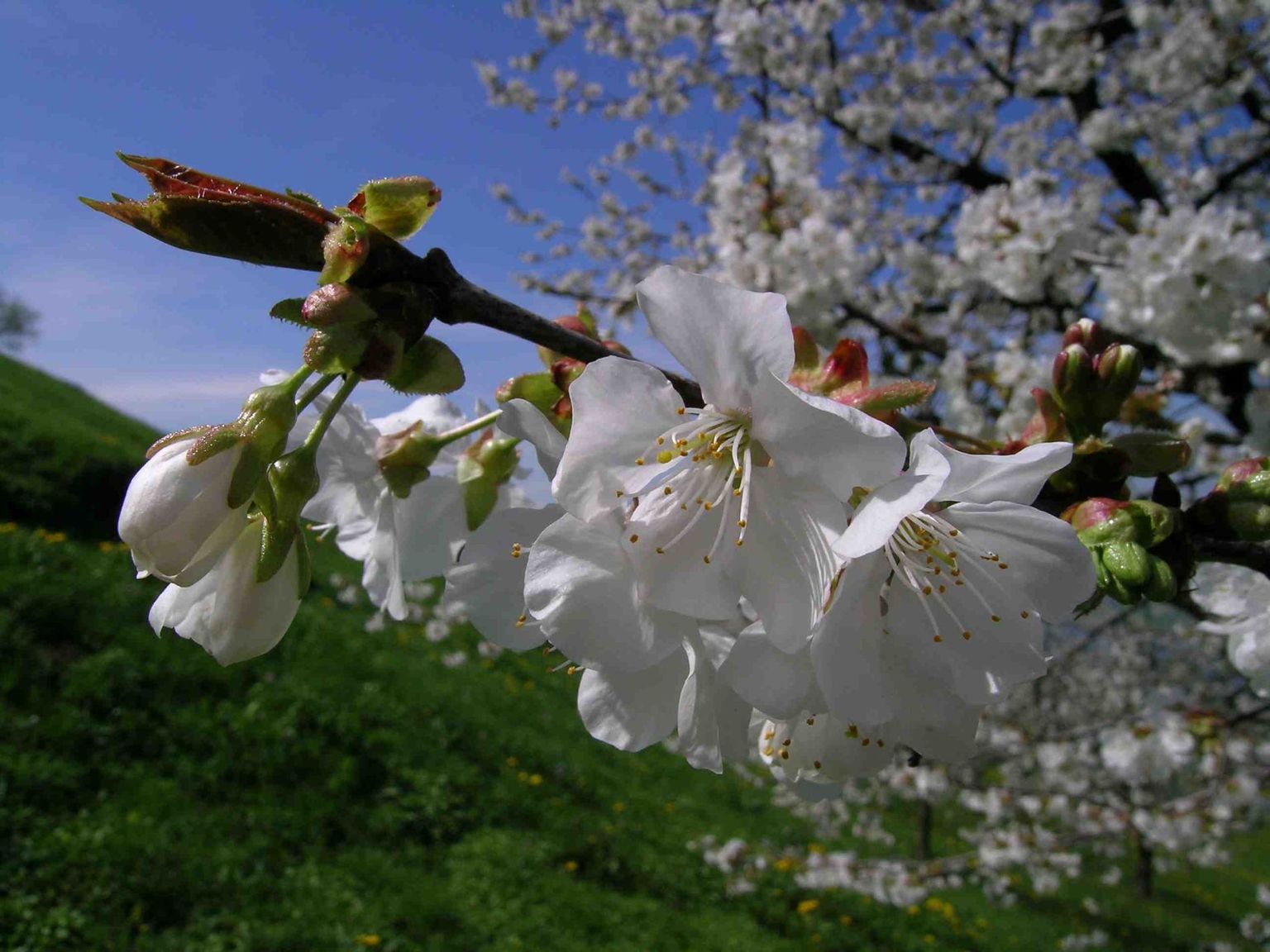Science of Seasons
Phenology - a Definition
The science of seasons is called phenology in specialist circles. Phenology deals with the periodically recurring phenomena of the animal and plant world over the course of the year. These include the cycles of plants from the flowering and foliage development in spring to leaf shedding in autumn or the migration of migratory birds and other seasonally influenced animal behaviour.

An Old Science
The first serie of phenological observations was compiled in the year 812 when experts of the Imperial Court in Japan examined the entry dates of the annual cherry blossom in Kyoto. In Switzerland, long series of measurements exist, for example for the leaf sprouting of chestnut trees in Geneva (measured since 1808) and for the full flowering of the cherry in Liestal (measured since 1894).
Since phenologists can fall back on large amounts of comparative data from earlier periods, it is possible to predict changes and trends. By analyzing the changes in the growth behavior of plants it is possible to predict climatic changes and trends for the future.
Find out more about the long series of data...
What Influences the Growth of Plants?
There are a number of environmental factors that influence the phenological development of plants.
The atmosphere, especially the temperature of the air, plays a key role. The spring phases, such as leaf development or sprouting, are influenced by the temperatures of the previous months. The fact that spring begins earlier and earlier, as observed in long series of data, is therefore a reflection of climatic changes.



